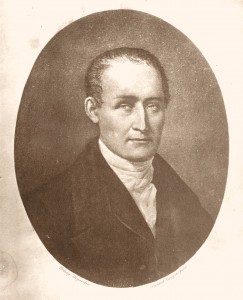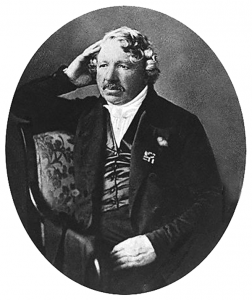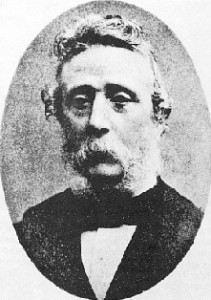The invention of photography in the early 19th century was greeted in Europe with an almost startling enthusiasm. The time for this new concept was just right: the age of the machine had taken off, inciting an unstoppable (r)evolution that seemed to bring nothing but prosperity.

Engines and technique were to offer all the answers to the world’s problems. At the same time, artists were pursuing the highest degree of realism in their works, relying on their eyes to capture the most detailed view of reality possible, and on their creative skills to fix those sights adequately on canvas or paper. When photography was born, a technical tool turned out to be the holy grail of an artistic quest: a triumph of science! And a true triumph it was, as only at this time a solution had been found for the problem that had been holding the camera obscura back for centuries: it could only project but not record or fixateimages. In the 1830s, Frenchman Joseph Nicéphore Niépce became the first to produce an image that didn’t fade immediately. To this end, Niépce used a portable camera obscura to expose a pewter plate coated with bitumen.

From this experiment sprung a collaboration with Louis Daguerre, resulting in thecreation of the Daguerreotype: a copper plate coated with silver, exposed to iodine vapor and then to light – taking up to 15 minutes. In the same period, W. H. Fox Talbot invented photography as a negative-positive process, resulting in callotypes as the first negatives in the history of photography.
Only in the late 1850s the very popular Daguerreotype was eclipsed by a new favorite: wet plates, requiring the use of an emulsion or ‘collodion’ process rather than a simple coating. Several types of wet plates were developed, such as ambrotypes and tintypes. Much cheaper and with a much reduced exposure time, wet plates proved particularly suited to the popular genre of portrait photography.

A next step, in the 1870s, was Richard Maddox’ perfection of dry gelatin plates. These allowed for a much quicker practice than collodion: a picture could be produced in seconds! Nevertheless, it took years to analyze the properties of gelatin to the extent, that it could serve as the perfect emulsion. Henceforth, plates could be stored rather than produced ad hoc, allowing photographers much more freedom to work. Smaller-sized cameras, suitable to be hand-held, were now produced, while the reduction of exposure time led to the invention of a camera with mechanical shutter.

